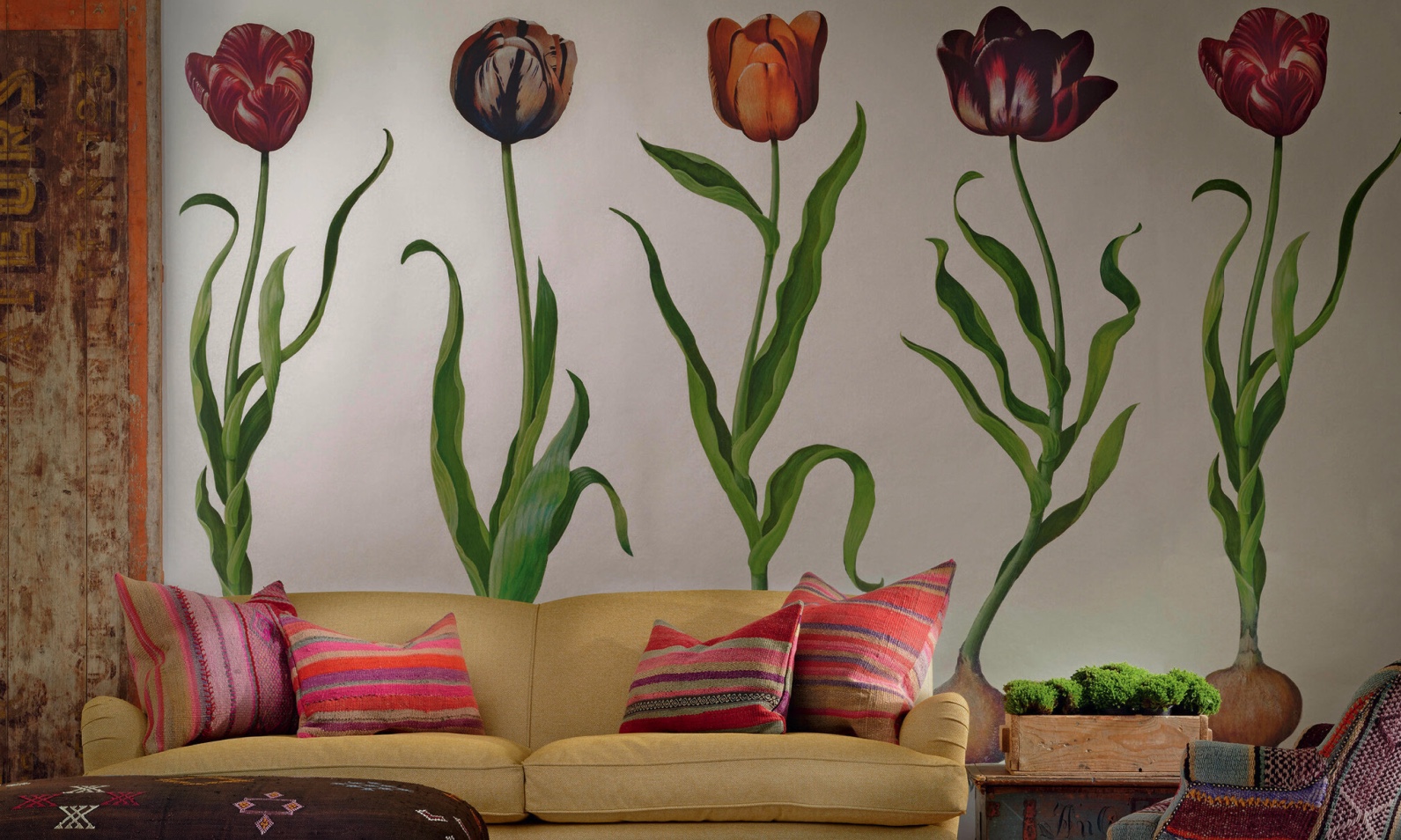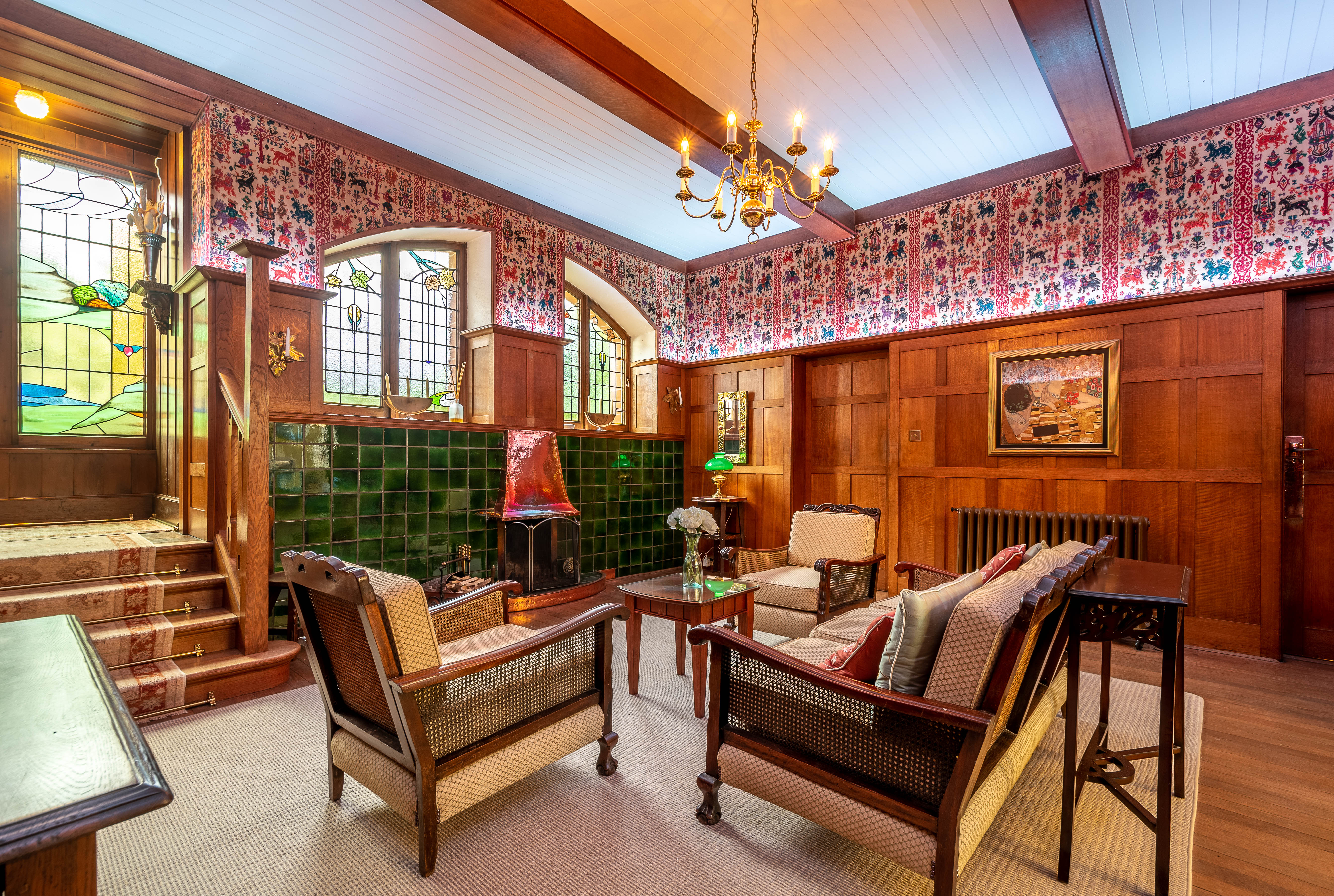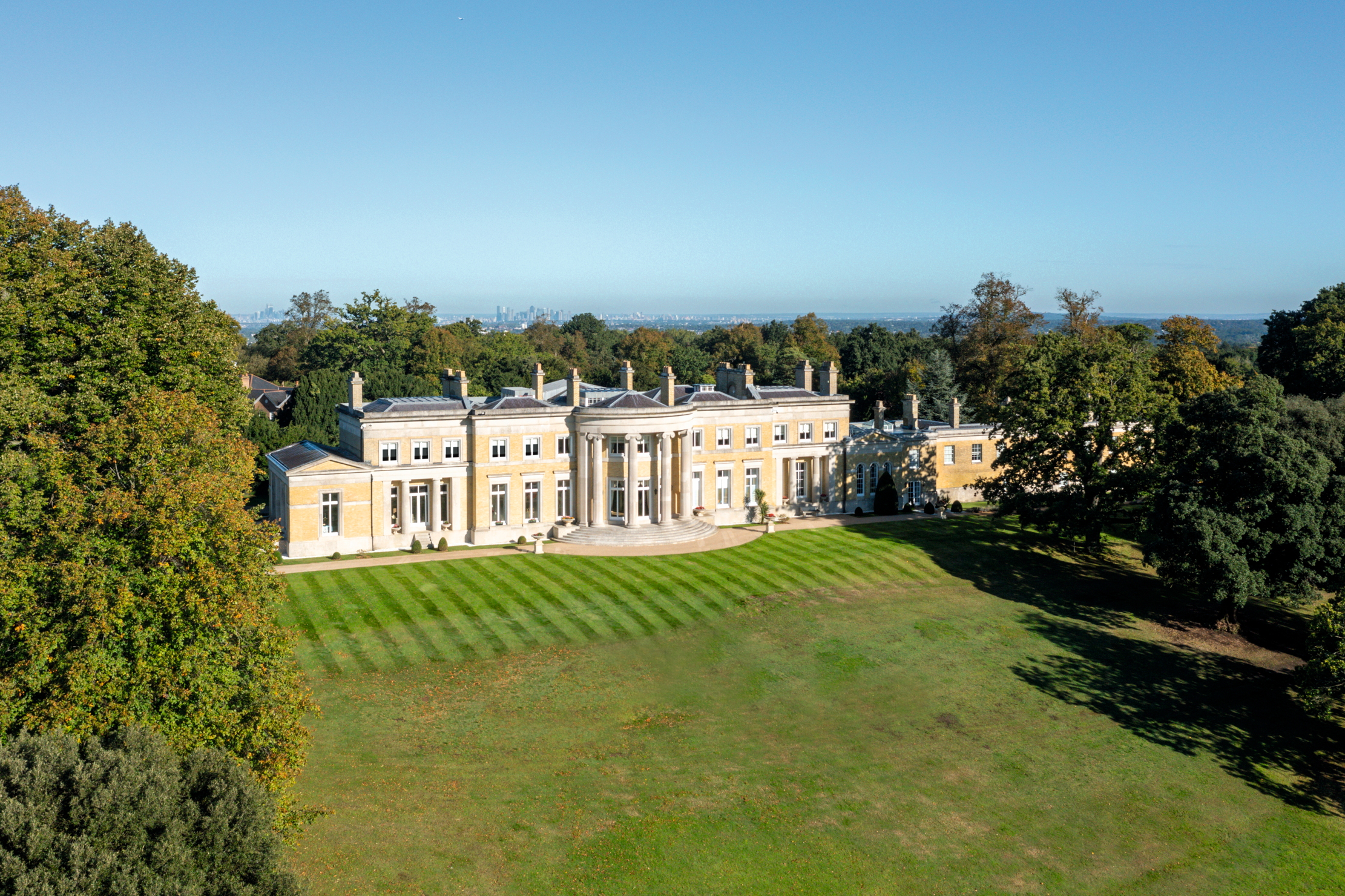Why bold pattern is a magic ingredient in a scheme
Going large and bold with pattern is a brilliant way to breath new life into a room. Giles Kime explains more.


Fortune, if you believe the Latin proverb, favours the bold. It’s true that anyone brave enough to employ disproportionately large-scale pattern as an aesthetic device tends to be well rewarded, particularly in small spaces. It was not always thus. Conventional wisdom — often an unreliable guide — once dictated that small rooms required commensurately small scale. Anyone old enough to remember Laura Ashley’s spriggy Victorian-inspired furnishing fabrics will be aware of the slightly overwhelming impact this had on the senses.
In fact, the opposite is true: over-sized pattern tends to be kinder to large and small spaces alike. In the work of classic English decorators such as Jean Monro — immortalised in fabric collections of the same name — it was the big cabbage-y rose. The late Roger Banks-Pye, of Sibyl Colefax & John Fowler, used the bold Eaton check that became his trademark. His contemporaries used bold stripes with the same effect. Dig deeper into decorating history and you’ll find beautiful hand-painted silk wallpaper — think Chatsworth, Saltram et al.
It was an approach that Stephen Lewis embraced when he and the interior designer Joanna Wood launched Lewis and Wood. He and creative director Magdalen Jebb created wallpapers that come in wide widths, perhaps most famously Adam’s Eden, now a hallmark of English country-house decorating. Mr Lewis’s focus on large scale is also commercial: ‘Small scale tends to mean small sales,’ he says.

Thanks to digital printing, this concept has been taken to even greater extremes. In effect, anything is now possible, including oversized florals, Old Master paintings, botanical prints and photographs. It’s an area where Martin Waller of Andrew Martin has been a pioneer, most recently with a collection of wallpapers designed by Kit Kemp, the creative dynamo behind hotels such as Ham Yard.
There are few large, featureless spaces that can’t be brought to life with bold wallpaper. Choose the right one for awkward spaces such as hall, stairs and landing — and chances are you won’t need to do much else. Therein lies a hidden benefit of large-scale pattern; it’s the perfect option for the lazy decorator; one bold statement tends to be all you need.
Sign up for the Country Life Newsletter
Exquisite houses, the beauty of Nature, and how to get the most from your life, straight to your inbox.
-
 Seven of the UK’s best Arts and Crafts buildings — and you can stay in all of them
Seven of the UK’s best Arts and Crafts buildings — and you can stay in all of themThe Arts and Crafts movement was an international design trend with roots in the UK — and lots of buildings built and decorated in the style have since been turned into hotels.
By Ben West
-
 A Grecian masterpiece that might be one of the nation's finest homes comes up for sale in Kent
A Grecian masterpiece that might be one of the nation's finest homes comes up for sale in KentGrade I-listed Holwood House sits in 40 acres of private parkland just 15 miles from central London. It is spectacular.
By Penny Churchill